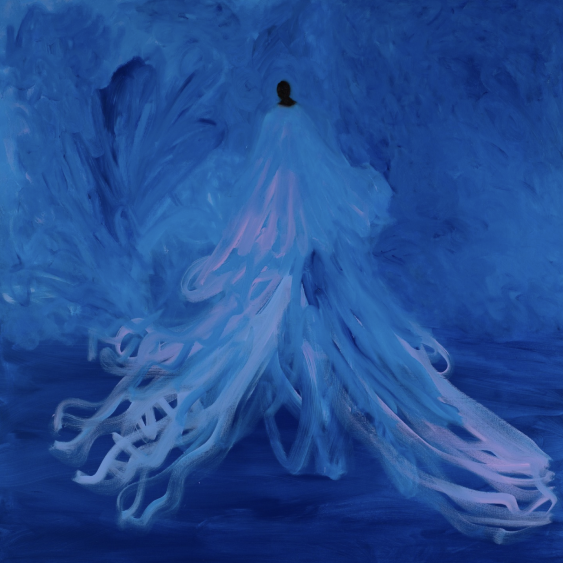Re:View
Where to if Freedom is Going home?
with Hank Willis Thomas
Share

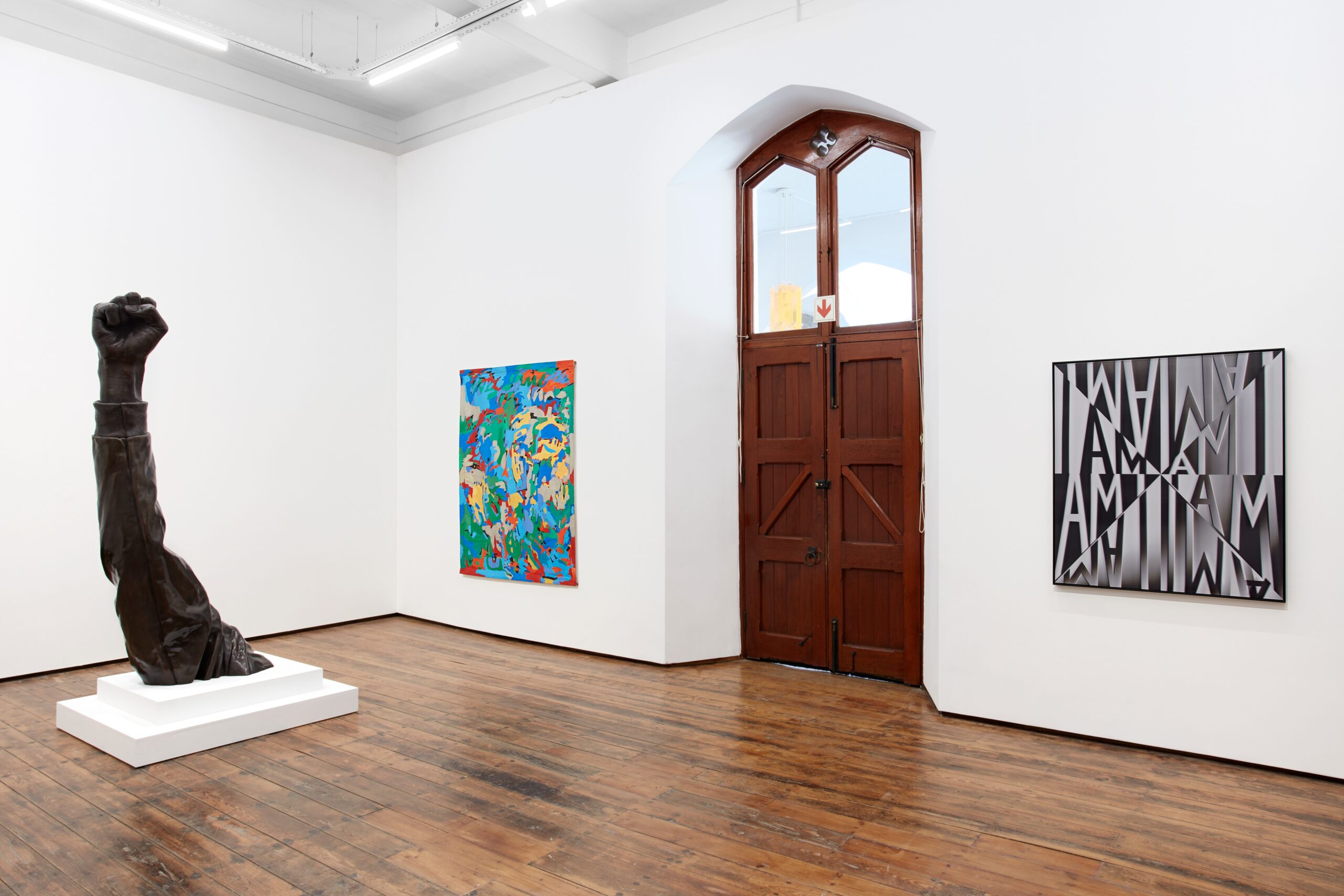
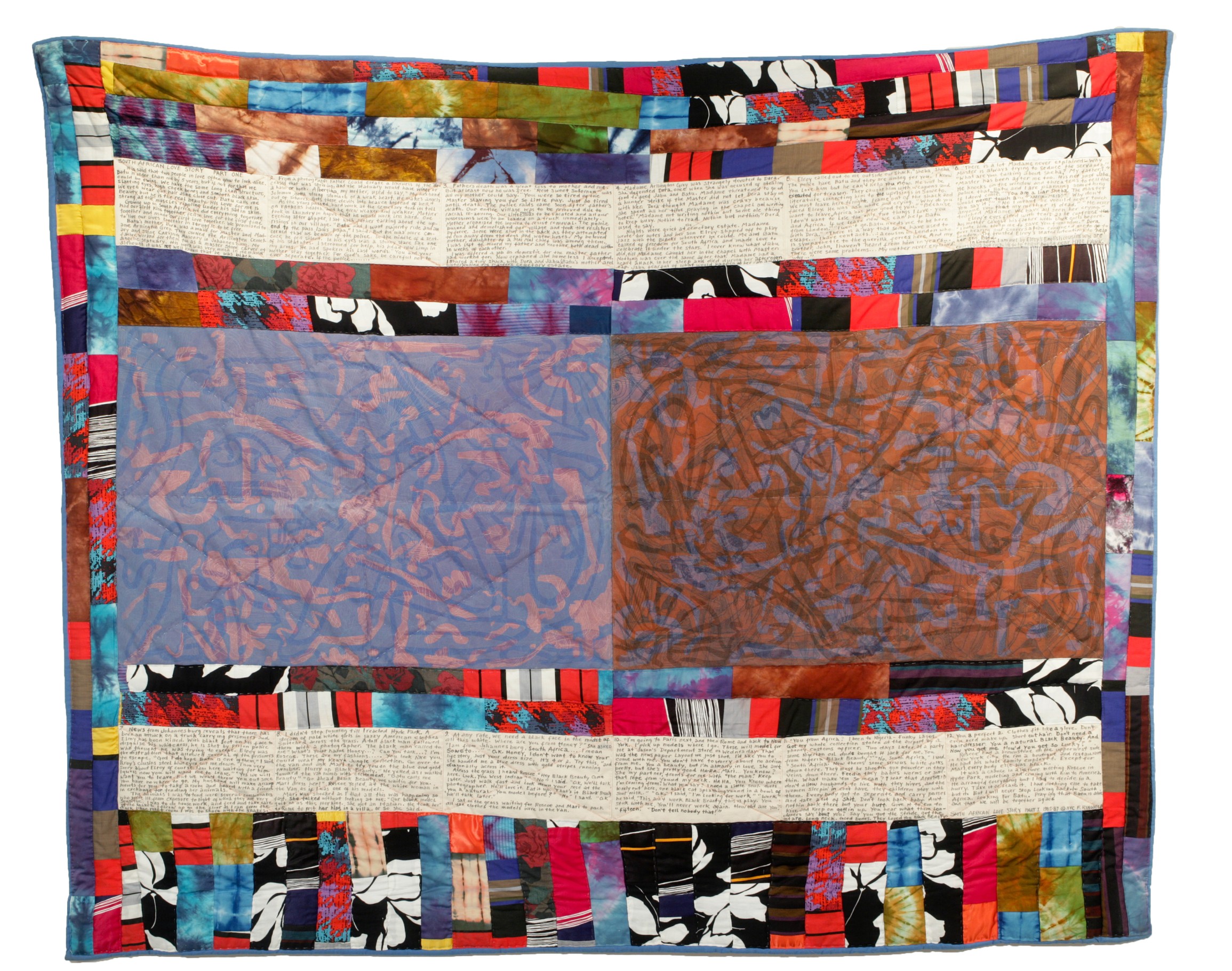

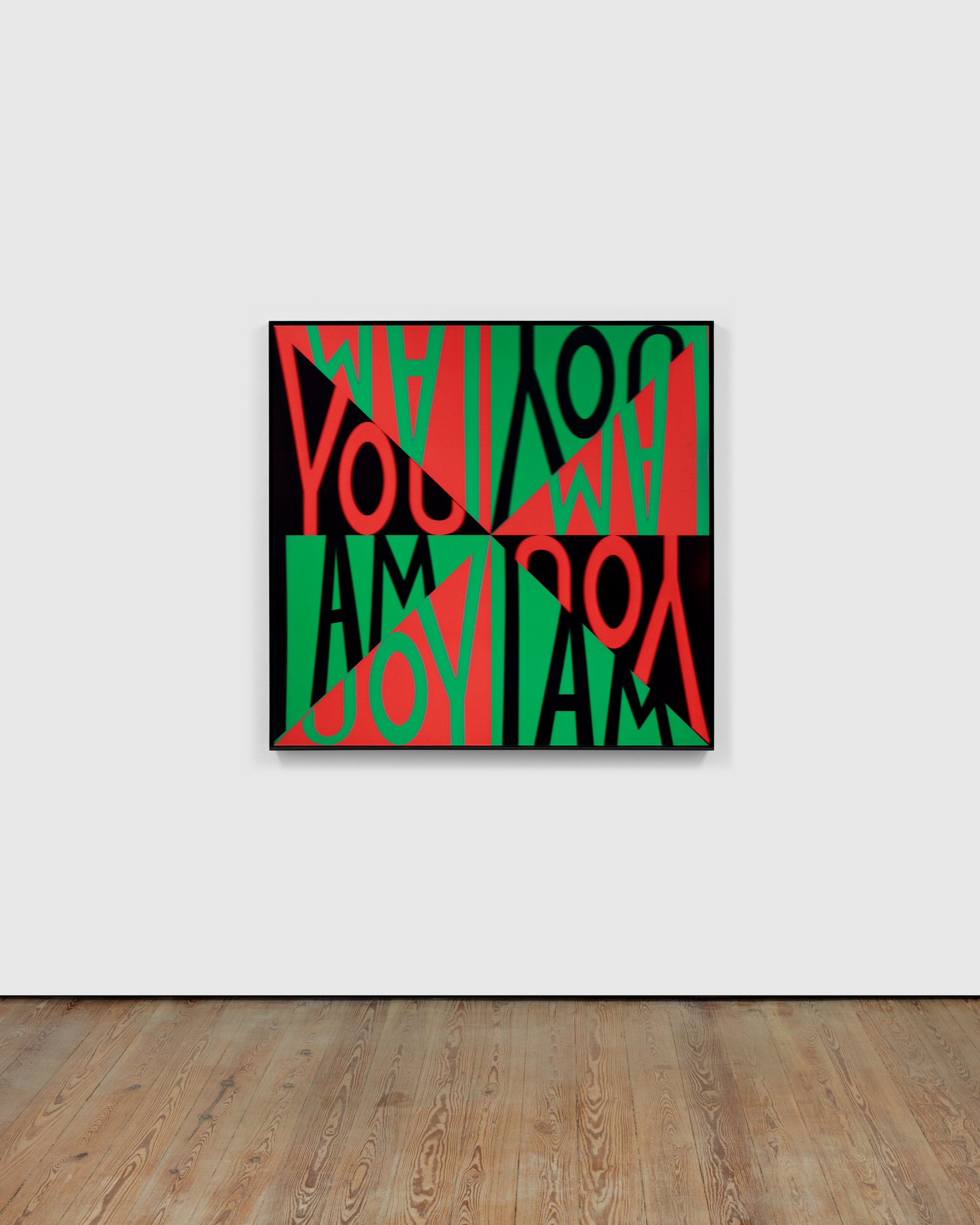

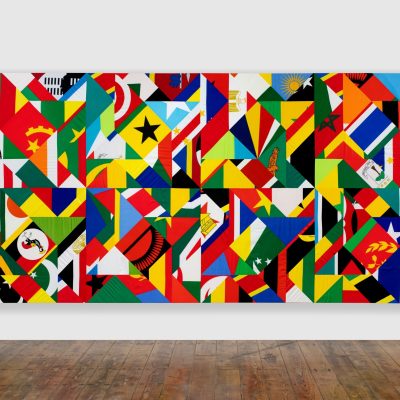
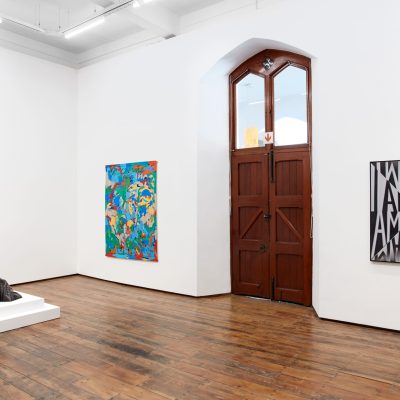
An intergenerational observation of the ways representations impede social justice, Freedom is Going Home presents Hank Willis Thomas and Faith Rinngold’s work in conversation with each other. After a conversation with Thomas, we observe the intersection in this week’s Re:View.
It has been 60 years since Africa Day was first celebrated. Expanding on its purpose, during its conception in 1958, then president of Ghana, Dr. Kwame Nkrumah referred to it as an action to mark “the onward progress of the liberation movement in Africa and to symbolise the determination of the people of Africa to free themselves from foreign domination and exploitation.”
Since then, the continent has seen some strides. Civilians are active in their refusal to be subjugated. In Malawi, dubious elections were annulled following protest action. Of the fifty-four countries, twenty-two have reneged their anti-queer laws. And in the last eight years, the contemporary art world has had a keen focus on the African continent and its diaspora.
Centred around those left behind, seeing Hank Willis Thomas and Faith Ringgold’s Freedom is Going Home at Goodman Gallery in Cape Town surfaces a question. In the efforts toward progress, liberation and connection, what of the diaspora?
A conceptual artist, Willis Thomas moves with the insistence that contemporary art can reshape narratives in real time. Multidisciplinary, Thomas examines and defies the ways American society commodifies Black masculinities. Growing up during the Harlem Renaissance, Ringgold’s practice can be summed up in an assertion she once made. “I’m not gonna see all these riots and not paint them. I can do what I want.” Leaning on a practice that spans seven decades, Ringgold’s works demonstrate history’s weight on the African American experience.
The relationship between Willis Thomas and Ringgold first began when Thomas encountered an exhibition his mother, Deborah Willis, curated at the Smithsonian. Keeping a poster from one of her quilts over his bed, throughout high school, Ringgold’s use of quilting as a medium for storytelling had a lasting impact on Thomas. Both American artists, the air around the assertion Freedom is Going Home changes when perceived in a South African context, seas away from their assumed homes in the United States.
“Well, home is different to different people. For me, it really comes down to imagination,” says Thomas. “This place where we feel safe and we feel connected and we feel a sense of belonging.” The thinking behind his stainless steel work, A place to call home (Africa-America) (2020), where Panama bleeds into Morocco, connecting North America with Africa to make one continent. “As a person of African descent who has lived the overwhelming majority of his life in the United States, there is only this figment of my imagination, Africa, America, where I fully belong.”
Approaching his identity as an imagined, deterritorialised concept that has nothing to do with space or place, Thomas says, “It feels a little bit like we’re making art at the end or on the edge of humanity’s existence.”. To address this, the artist is currently in a place where he wants to actively nurture a practice that benefits future generations. To do this, Willis Thomas has been taking his time when it comes to what he makes, where it goes, who gets to see it and steward it.
More of a resting place than a resolution, the work Willis Thomas presented in Freedom is Going Home is speculative. “I don’t think I would continue my practice if it resolved anything. It has evolved me and that’s the reason that I do it.” Asking its viewer to imagine by defying natural and political barriers, it’s a picture of an empowered, connected and global black community. He goes on, “By staying in practice, I continue to be in present awareness of who I am becoming, where I have come from, and how I, with my conscious action, can create the magic that keeps me in awareness and in gratitude.”
Like Alice Walker says in Possessing the Secret of Joy, “My fantasy life. Without it I’m afraid to exist”, Freedom is Going Home maintains hope. An alternative to escapism, the hope materialised in the gallery acknowledges current circumstances. It’s in the bronze sculpture of the Afro pick titled All Power to All People. It’s the singular fist pointing to Solidarity as might. It’s the three-dimensional lenticulars serving as declarations, positively affirming black existence.
“In the late sixties Dr. Kwame Nkruma of Ghana stated that while African states were getting independence at that moment, we could look forward to a tomorrow where there was the United States of Africa” says Willis Thomas recalling a text he encountered when he first realised a Pan-African moment of opportunity. “I know that the African Union plays some form of a role in that, but we also are invited to imagine an even more bold and more collaborative and interdependent, not only Africa, but world. This is just a provocation of that thought.”
Subscribe
Subscribe
For exclusive news, tickets and invites delivered every week
